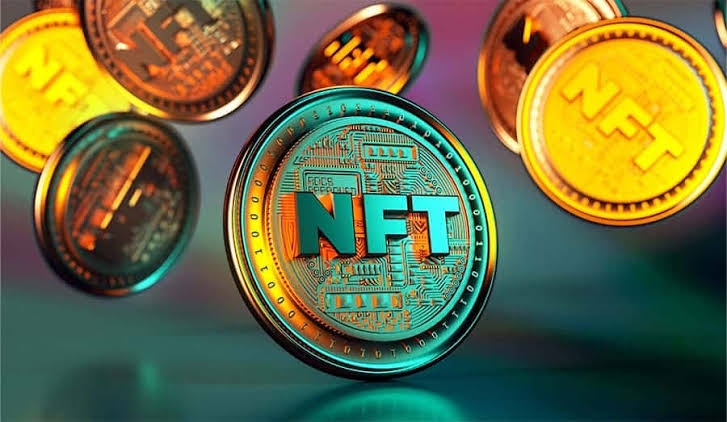
Summary: This scientific article meticulously explores the intrinsic value of NFTs (Non-Fungible Tokens) in an ever-evolving digital landscape. Examine the shortcomings, conveniences, market demand, perceived usefulness and various factors that are important to the complexity of assessing the real value of these unique digital assets.
Introduction: NFTs have emerged as a revolutionary innovation, providing creators with a unique way to represent unique digital assets on blockchains. This article seeks to shed light on the criteria that determine the value of NFTs and their relevance in the contemporary scenario.
Scarcity and Authenticity: The unique nature of NFTs, with their unique digital representation guaranteed by blockchain, creates a virtual deficiency that reflects the rarity of physical items in the real world. The cooperation associated with these tokens contributes to building genuine value.
Ownership and Authenticity: The ability of NFTs to prove ownership of digital assets is crucial for artists and content creators. Blockchain provides an unalterable trail of transactions, ensuring adequate credit to holders of these unique digital assets.
Demand and Value Perception: Market demand plays a crucial role in determining the value of NFTs. The popularity of the creator, the uniqueness of the content and the growing popularity of these tokens as valuable assets located for the perception of value.
Utility and Interactivity: Some NFTs transcend the mere possession of digital assets, incorporating additional functionalities. The inclusion of exclusive access to events, additional content or interactivity can significantly increase the perceived value of these tokens.
History and Legacy: The renown of the creator and the history of the item can influence the value of an NFT. Association with significant events or an established fan base can increase the value of these digital assets.
Challenges and Ethical Considerations: This article does not ignore challenges, including environmental issues related to energy consumption in blockchains, copyright issues, and the possibility of speculative bubbles. Such ethical considerations are crucial to a comprehensive assessment of the value of NFTs.
Conclusion: The real value of NFTs is a dynamic phenomenon, influenced by a complex interplay of factors. As the market evolves, it is imperative to continue to monitor and evaluate NFTs with a critical lens. This article provides a scientific basis for understanding the intricate landscape of the value of NFTs in the digital age.
